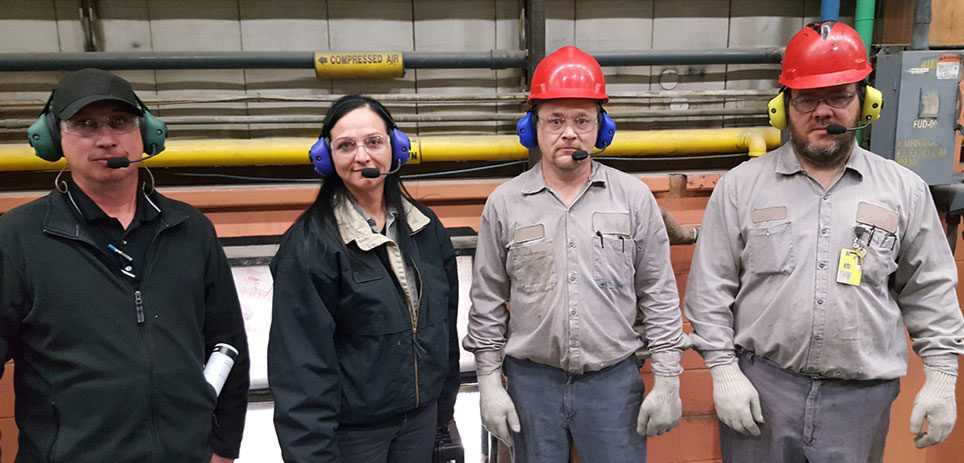Insight
Published and updated
Productivity: How to Do More with the Same
“If we’re saving seconds, we’re saving millions.” A customer said this to me not long ago, and it’s stuck with me. Then I read the Harvard Business Review article, “Great Companies Obsess Over Productivity, Not Efficiency,” by Michael Mankins. In the article, Mankins draws a line between “productivity” and “efficiency.”
- Efficiency: Doing the same with less.
- Productivity: Doing more with the same.
Goal! Hear me out…
Taking Back Time with Communication
The customer I mentioned—one of the world’s largest manufacturing entities—was able to do more with the same workforce and systems by improving team communication with a wireless headset system. For them, being able to talk clearly in high-noise environments meant reclaiming seconds lost to the delays and misunderstandings caused by misheard or interrupted messages.

For smaller companies such as privately owned construction, towing or tree care businesses, saving seconds may add up to hundreds or thousands of dollars in regained productivity every year. But for this major enterprise, it meant millions.
It’s true that time is money. Some quick research revealed that many industries analyze their bottom line down to fractions of a second. Amazon.com equated a one-second slowdown of a page load to a loss of $1.6 billion in sales each year. Google loses millions of advertising dollars if search results are delayed by as much as four tenths of a second.*
Monotasking and the Leap from Airlines to Heavy Industry
I also discovered that this customer wasn’t just thinking about the direct relationship between lost time and lost man-hours. By solving the team communication problem, their employees could concentrate more on doing their individual jobs. Because the wireless headset system operates hands-free and protects hearing, workers just had to speak and did not have to stop work, remove their hearing protection to listen, or push to talk (PTT). In challenging, heavy industry work environments where multi-tasking can be dangerous, enhancing the ability to monotask also helped improve productivity.
Equating small time-savings to big financial benefits isn’t new. I’ve heard it from our airline customers for years. Faster turns mean more on-time departures. That, in turn, leads to fewer delays and less lost revenue from postponed or canceled flights. In 2016, it cost airlines an average of $62.55 per minute to operate from the time they pushed back from the departure gate to the time they parked at their arrival gate. And delays equate to several billion dollars in additional expense every year.
The connection between improved communication and time savings seems intuitive. And it makes sense that financial savings at the bottom line would follow. But the notion—a bit undefined before—started taking form when that customer said, “If we’re saving seconds, we’re saving millions.” And it crystallized within the framework of Mankins’ definition of productivity.
I love it when an idea comes together.